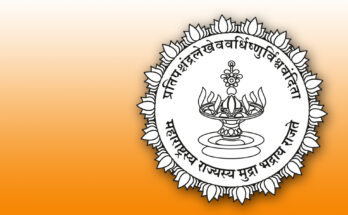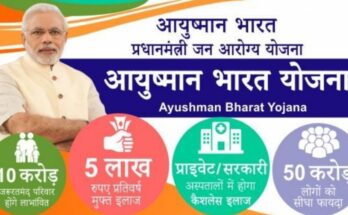The orthopedist explains symptoms and advises on Long COVID.
“Don’t take intensive exercise immediately after recovering from severe COVID-19” 
While the world is still battling with COVID-19, a new term ‘Long COVID’ has emerged, which has become a matter of concern for doctors as well as patients. According to Dr Mathew Varghese, HOD, Orthopedics, St. Stephen’s Hospital, Delhi, the term was first mentioned on Twitter to refer to post-COVID complications in individuals who have recovered from COVID-19. He adds that these symptoms may occur as late as 4 to 5 weeks after the COVID infection.
What is Long COVID?
Dr Nikhil Narayan Bante, Lungs and TB Specialist, explains that “Around 50%-70% of patients may experience minor or even major symptoms up to 3-6 months after recovering from COVID-19. This is observed more in those patients who had a moderate or severe form of the infection”.
Dr Mathew Varghese points out people suffering from Long COVID or COVID-19 long hauliers mostly complain that they do not feel healthy even after they have tested negative for COVID. He adds that patients face various symptoms including fatigue, breathlessness, body pain, abnormal pulse, headache, body rashes, chest pain, diarrhoea, clotting of blood in the vessels, loss of sense of smell and loss of sense of taste.
Dr Mathew Varghese says, apart from physical complications, patients with Long-COVID also exhibit symptoms of mental issues like anxiety, depression and brain-fogging (forgetfulness). Unlike Alzheimer’s disease, brain fogging induced by Long COVID happens due to the damage to astrocytes (non-neuronal brain cells).
As per Dr Varghese, the earlier perception was that Long COVID was common only among the elderly but now symptoms are seen in people of all age groups. He further adds Kawasaki disease or clotting of blood in the vessels is common in children. Mental disorders are difficult to detect in children as they are not able to explain these symptoms clearly.
To identify whether the new symptoms are due to COVID or other issues, doctors check whether the same symptoms even if in mild form existed in the patient before the COVID infection, Dr Varghese explains.
Public Health Advice
Dr Varghese cautions people not to take up intensive exercises immediately after recovering from severe COVID-19 (not before completion of three months of recovery). There have been certain cases when patients recovered from COVID-19 suffered a heart attack due to such exercises, he observes.
Swelling and pain in joints caused due to autoimmune disorder is another major complication being reported among Long COVID patients. Dr Mathew Varghese explains that during COVID the anti-bodies in our body start attacking other normal cells. However, more people complain of body pain than pain in joints. Excessive use of steroids during COVID treatment is a major cause of such issues. Avascular necrosis, a disease that results from the temporary or permanent loss of blood supply to the bone, is another disorder that is being seen in patients who have been given excessive steroids.
Dr Varghese explains how we can keep our bones strong. He elaborates, the strength of bones depends on the physical activity of a person till the age of 25. Youngsters need to actively engage in physical games. Walking for at least half an hour daily is crucial for people of all ages.
He adds, as far as diet is concerned, we have to include proteins, calcium and Vitamin-D in our diet. Milk, milk products, dry fruits, berries are good sources of calcium. However, we have to be cautious while consuming Vitamin-D because Vitamin-D is a fat-soluble vitamin and it may get stored in our body, causing other disorders. Sunlight is a good source of Vitamin-D but the sun-light does not reach us properly due to increased pollution.
Here is the interview of Dr Varghese, published on India Science, the OTT channel of Department of Science & Technology, Government of India.
To read more on Post-COVID symptoms, how to tackle them and also how nutritious food can help us to fight COVID and in recovery post-COVID, click here.





